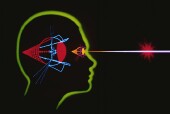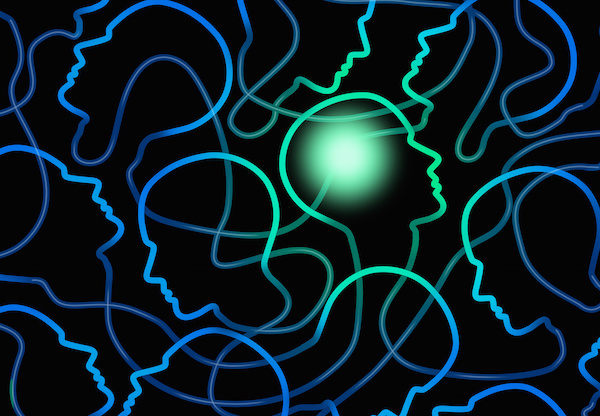
WEDNESDAY, Oct. 6 (HealthDay News) — Blind people use the visual part of their brain to heighten their senses of touch and hearing, new research has found.
In the study, published in the Oct. 6 issue of the journal Neuron, researchers used functional MRI to observe brain activity in 12 people who were blind from birth and 12 sighted people as they performed a set of tasks involving hearing and feeling.
“We found that the visual cortex in the blind was much more strongly activated than it was in the sighted, where visual cortex was mostly deactivated by sound and touch,” lead investigator Josef P. Rauschecker, a professor in the department of physiology and biophysics at Georgetown University Medical Center, said in a Georgetown news release.
“Futhermore, there was a direct correlation between brain activity and performance in the blind. The more accurate blind people were in solving the spatial tasks, the stronger the spatial module in the visual cortex was activated,” Rauschecker added.
He said the findings show that “the visual cortex in the blind takes on these functions and processes sound and tactile information, which it doesn’t do in the sighted. The neural cells and fibers are still there and still functioning, processing spatial attributes of stimuli, driven not by sight but by hearing and touch. This plasticity offers a huge resource for the blind.”
This helps explain why blind people have such advanced senses of touch and hearing, which far exceed the abilities of sighted people, Rauschecker said.
More information
The American Optometric Association has more on vision and the brain.

